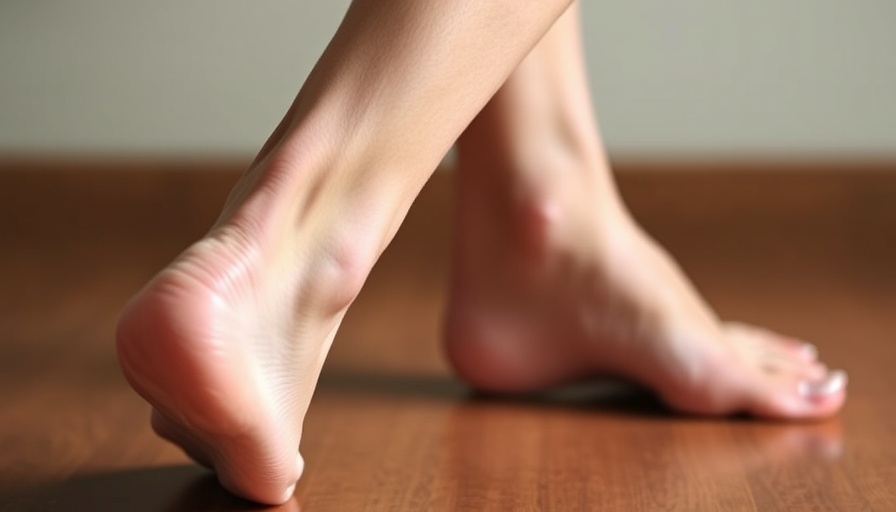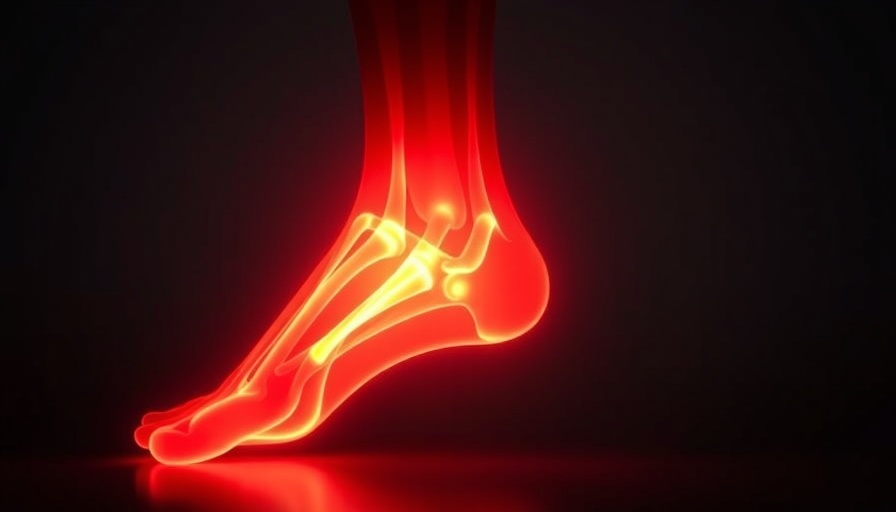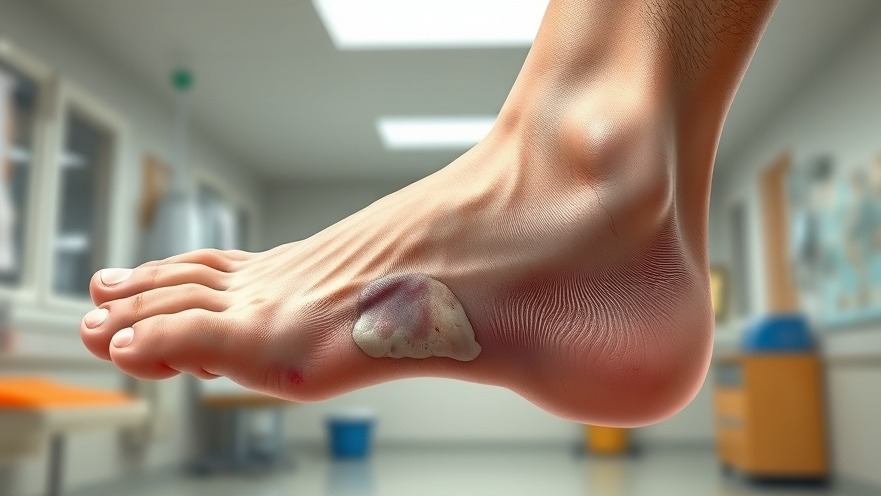
Revving Up: Understanding Foot and Ankle Injuries in Motor Sports
Motor racing is not just a test of speed and skill; it is a sport that places extreme demands on the body. Among the most affected areas are the feet and ankles, which endure significant strain due to the physical rigors of driving. As thrilling as it may be to accelerate down the track, the toll it takes on these vital extremities can lead to a variety of injuries.
The Hidden Risks: Prevalence of Injuries
A 2021 study revealed that foot and ankle injuries account for about 5% of all reported injuries in wheeled motorsports. This percentage might seem small, but when considering the number of participants and the intensity of the sport, it highlights a significant concern for drivers. Acute injuries, such as fractures and burns, often stem from accidents on the track, while chronic issues frequently arise from the repetitive motion of operating foot pedals.
Common Chronic Injuries: What Drivers Face
Chronic injuries to the foot and ankle are prevalent among motor racers, ranging from Achilles tendinopathy to plantar fasciitis. These conditions can severely affect performance as they manifest pain during or after races, leading to a decreased ability to control the vehicle effectively.
- Achilles Tendinopathy: Pain at the back of the ankle, common in athletes who perform repetitive actions.
- Tibialis Posterior Tendinopathy: Causes pain inside the ankle and can lead to instability.
- Plantar Fasciitis: Heel pain that can make standing and racing uncomfortable.
Healing the Tracks: Treatment and Recovery
For racers dealing with acute injuries, the first step is to rely on the guidance of medical professionals at the scene. Chronic injuries, however, can often be managed with a few adjustments. Sometimes, simply switching to a more supportive pair of racing boots or adjusting the driver’s seating position can alleviate pain and prevent further deterioration.
More involved treatments, such as strengthening programs for tendon injuries, can significantly reduce discomfort during racing. Some drivers opt for specialized carbon fiber orthotics that withstand the heat of racing while providing necessary support.
Protective Gear: Racing Regulations Matter
Safety is paramount in motor sports, and this includes proper footwear and protective gear. The Federation Internationale de l’Automobile (FIA) has stringent regulations to ensure that all racing gear, including shoes, is fireproof and lightweight. Materials that do not meet these standards, such as foam or silicone pads, are banned to prevent the risk of injury from burns during a crash.
Looking Ahead: Trends in Injury Prevention
The future of motor sports injury prevention may heavily include advances in technology and material science. With innovations in racing gear designed specifically to mitigate injury risk, drivers can expect better protection. Regular screening and assessments can also play a critical role in identifying problems before they escalate.
Take Action: Prioritize Your Foot Health
If you are involved in motor sports and experiencing foot or ankle pain, it is crucial to consult with professionals who specialize in sports medicine. Experts, such as podiatrists with experience in motor sports-related issues, can provide valuable insights and treatment options to keep you on track.
Don’t let foot pain jeopardize your racing performance. Seeking out care from specialized providers ensures you can maintain an edge on the competition while protecting your health.
For anyone interested in enhancing their performance while safeguarding their foot and ankle health, professional assessments can provide a pathway to not only understanding potential issues but also developing a proactive strategy for prevention and recovery. Identifying early signs of injury and making informed decisions about footwear can significantly impact longevity in competitive racing.
 Add Row
Add Row  Add
Add 




Write A Comment